Zoonotic spillovers of viruses have occurred through the animal trade worldwide. The start of the COVID-19 pandemic was traced epidemiologically to the Huanan Seafood Wholesale Market. Here, we analyze environmental qPCR and sequencing data collected in the Huanan market in early 2020. We demonstrate that market-linked severe acute respiratory syndrome coronavirus 2 (SARS-CoV-2) genetic diversity is consistent with market emergence and find increased SARS-CoV-2 positivity near and within a wildlife stall. We identify wildlife DNA in all SARS-CoV-2-positive samples from this stall, including species such as civets, bamboo rats, and raccoon dogs, previously identified as possible intermediate hosts. We also detect animal viruses that infect raccoon dogs, civets, and bamboo rats. Combining metagenomic and phylogenetic approaches, we recover genotypes of market animals and compare them with those from farms and other markets. This analysis provides the genetic basis for a shortlist of potential intermediate hosts of SARS-CoV-2 to prioritize for serological and viral sampling.
Genetic tracing of market wildlife and viruses at the epicenter of the COVID-19 pandemic
Sep 19, 2024|Cell
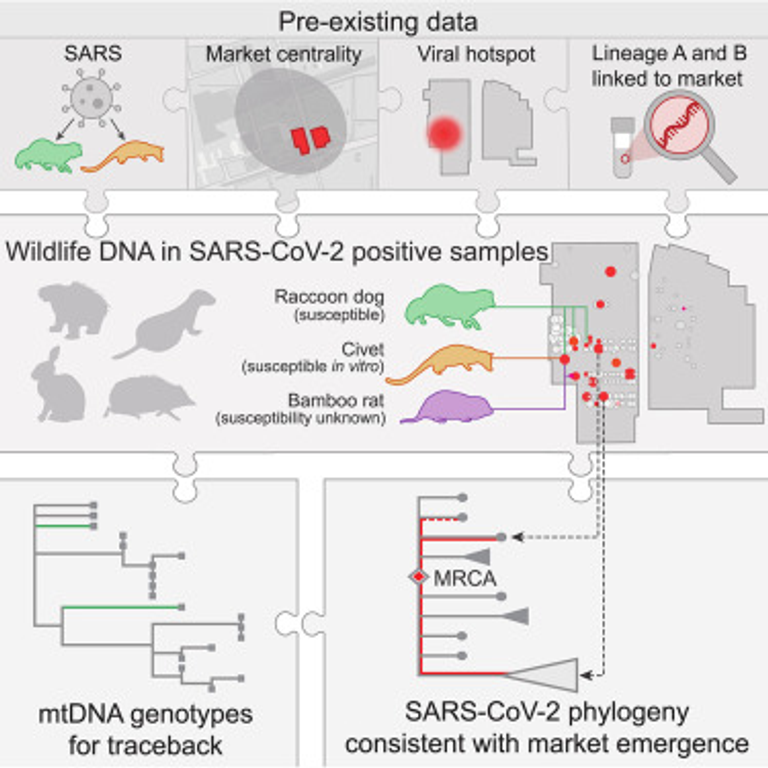
Related Content
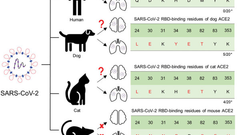
Neurologic Effects of SARS-CoV-2 Transmitted among Dogs
ABSTRACT SARS-CoV-2 induces illness and death in humans by causing systemic infections. Evidence...
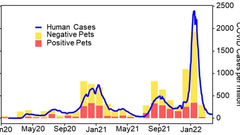
The Transmission of SARS-CoV-2 from COVID-19-Diagnosed People to Their Pet Dogs and Cats in a Multi-Year Surveillance Project
ABSTRACT Recent emerging zoonotic disease outbreaks, such as that of SARS-CoV-2, have demonstrat...
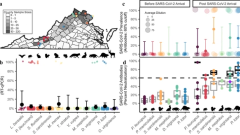
Widespread exposure to SARS-CoV-2 in wildlife communities
ABSTRACT Pervasive SARS-CoV-2 infections in humans have led to multiple transmission events to a...
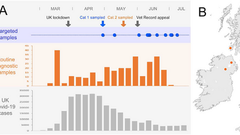
Detection of SARS-CoV-2 in respiratory samples from cats in the UK associated with human-to-cat transmission
ABSTRACT Objectives: The aim of the study was to find evidence of SARS-CoV-2 infection in UK cat...